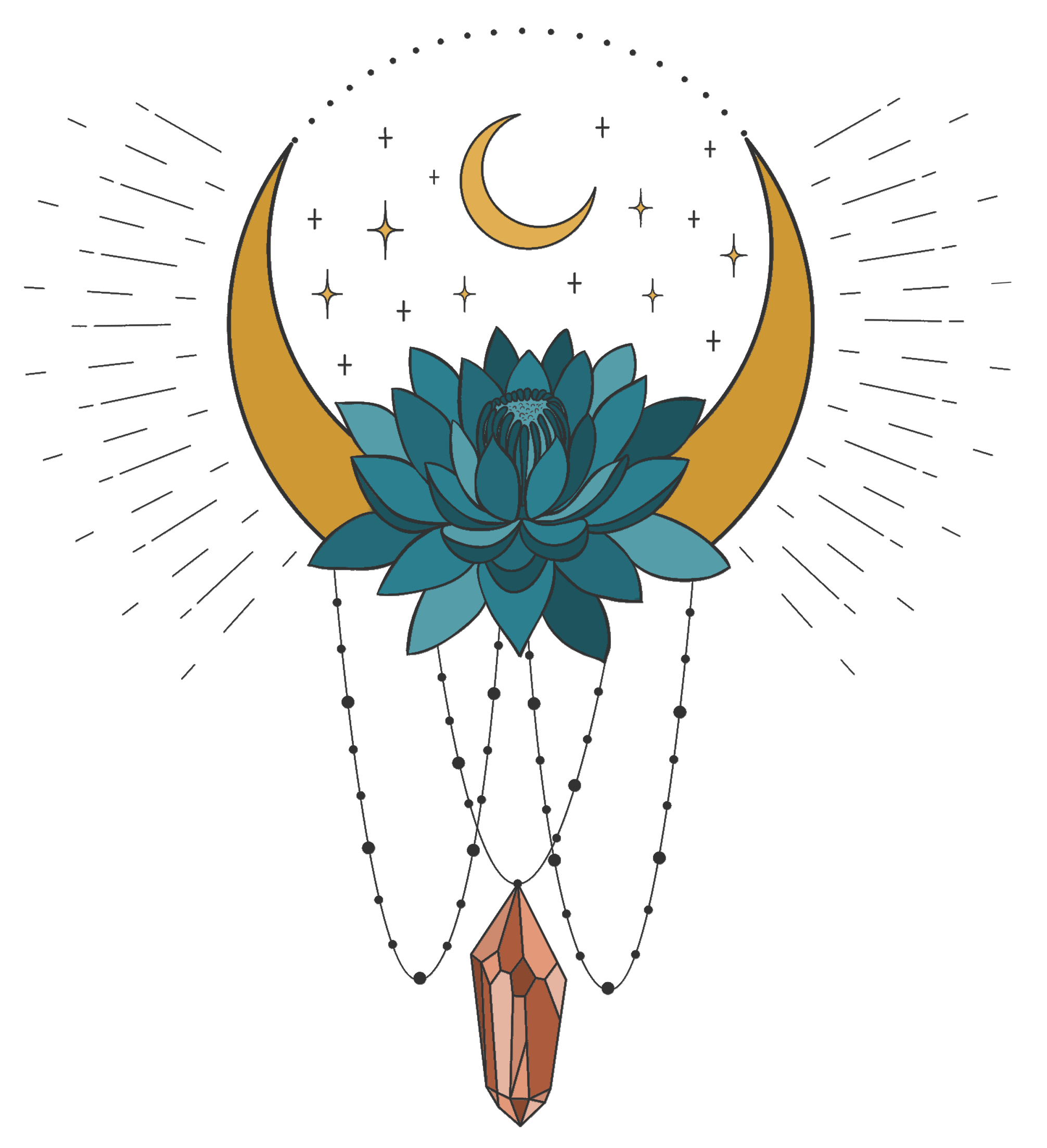Photo by Cindy Marie Photography
Sleeping swan. Seal. Banana.
For someone new to yin yoga, it can be a bit disorienting at first to hear seemingly random names attached to poses that seem familiar. If the pose looks the same as an asana commonly seen in a yang-style practice, why the heck is it called something different?
This is deliberate!
By shifting the name of the pose, we ask you to shift your intention with the pose as well. By leaving your preconceived notions of what a pose should look like and accomplish at the door, you can now experience it in a completely new way.
Bernie Clark, one of the leading yin educators, sums it up well:
“The yin pose of Swan looks identical to the yang pose of Pigeon, but in Pigeon, as in most yang poses, the muscles are the targets. In a yang pose, we engage the muscles and stretch them. In the yin practice, we relax the muscles; we aim our intention into the joints and the deep tissues wrapping them, not the more superficial tissues of the muscles or skin.” (source)
Yin yoga does not have a concrete set of names for each pose, so while there is overlap within the yin world, so you may find each teacher may call a move a different name depending on their linage (and their creativity)!
As the world of western-yoga begins to move away from the rigidity of traditional yoga principles and values, and instead prioritizes a more tantric experience, I find that introducing yin yoga and philosophy to your routine shakes up our previous notions of what a yoga practice “should” look or feel like.
Share below one of your favorite yoga asanas, yin or yang!

